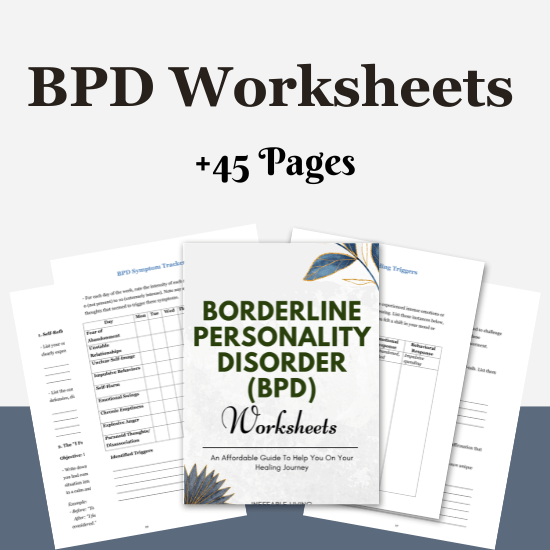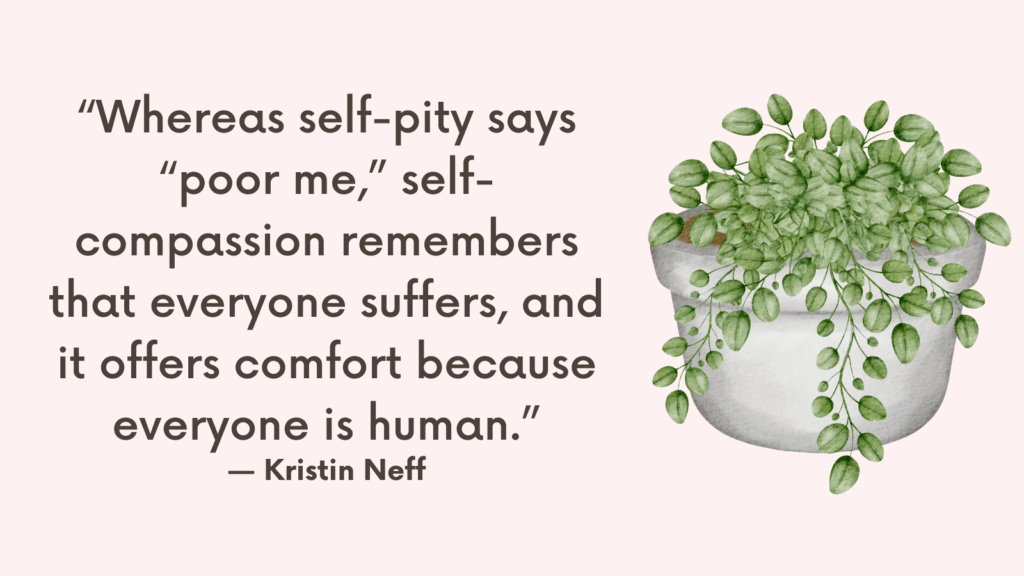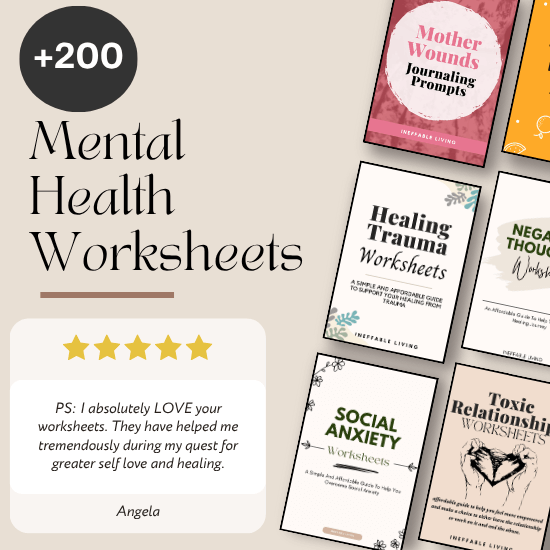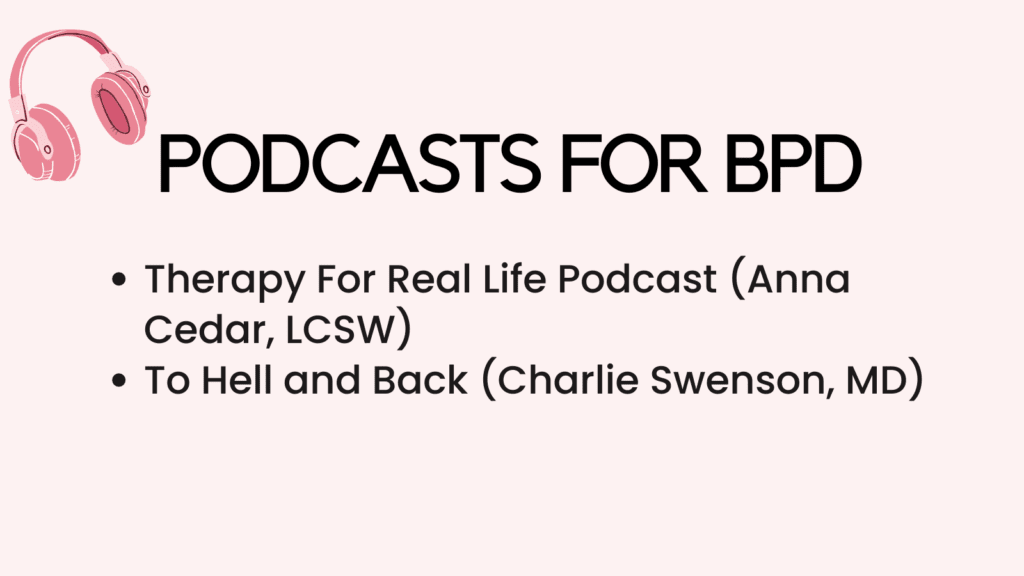Borderline Personality Disorder (BPD) is often described as one of the most intense and challenging mental health conditions — but it’s also one of the most treatable. Therapy, especially Dialectical Behavior Therapy (DBT), has proven to be life-changing for many. But what if therapy isn’t an option right now? Can BPD get better without it?
The honest answer: Yes — but it takes commitment, self-awareness, and the right tools. Recovery is harder without professional support, but not impossible. Here’s what you need to know.
BPD Is Not a Life Sentence
Despite its reputation, BPD is not a permanent, unchangeable disorder. Studies show that many people with BPD see major improvement in symptoms over time — especially emotional instability, impulsivity, and relationship chaos.
Therapy accelerates healing, but personal growth, environmental stability, and self-regulation skills also play a huge role in recovery.
Bottom line: BPD can get better — with or without therapy.
What Makes Healing Without Therapy Possible?
While therapy offers structure, safety, and feedback, many people improve through:
- Self-education (books, videos, podcasts about BPD and trauma)
- Peer support (online forums, BPD groups, or trusted friends)
- Self-monitoring (journaling moods, tracking patterns, identifying triggers)
- Practice of DBT skills (even through self-teaching)
- Lifestyle changes (sleep, food, movement, reducing toxic environments)
It’s about creating your own healing structure — even without a therapist guiding you.
The Biggest Challenges Without Therapy
Healing alone is possible — but harder. You may struggle with:
- Lack of accountability: No one to guide or check your progress
- Blind spots: You may miss patterns or sabotage behaviors you’re unaware of
- Emotional dysregulation: In-the-moment tools are harder to use without coaching
- Loneliness: Healing attachment wounds without safe relationships is painful
- Motivation burnout: It’s hard to stay consistent when you’re your only support system
That’s why building alternative sources of support is critical.
Related: Top 7 Skills For Coping With BPD [+ BPD FREE Resources]
What You Can Do to Help Yourself Heal from BPD?
1. Learn About BPD and Emotional Triggers
Understanding your condition gives you power. The more you know, the less control your symptoms will have over you.
- Read books like “The Buddha and the Borderline”, “I Hate You, Don’t Leave Me”, and “Mindfulness for Borderline Personality Disorder”.
- Watch videos and interviews from people with lived experience.
- Learn about emotional dysregulation, attachment trauma, and the nervous system.
Knowledge reduces shame. You’re not “crazy” — you’re responding to deep pain in ways that can be changed.
2. Track Your Emotions and Patterns
Start a daily journal or mood tracker. Write:
- What triggered me today?
- What did I feel? What did I do in response?
- What helped me calm down (even a little)?
- What can I try next time?
This builds emotional awareness and helps you catch patterns before they explode.
3. Practice DBT Skills at Home
Dialectical Behavior Therapy (DBT) is the gold standard for BPD — and you can start learning it yourself.
Focus on:
- Distress tolerance (TIPP, STOP, self-soothing)
- Emotion regulation (naming emotions, opposite action)
- Mindfulness (staying in the moment without judgment)
- Interpersonal effectiveness (assertive, respectful communication)
Use free worksheets, apps, or DBT workbooks — no therapist required to begin.
4. Build a Grounding Toolbox
When overwhelmed, you need real tools — not just thoughts.
Fill your “grounding kit” with:
- Ice packs or cold water
- Textured items (stone, sandpaper, clay)
- Soothing scents (lavender, mint)
- Music that calms or lifts you
- A grounding script: “I am safe. This will pass. I am in the present.”
Keep it accessible. When a storm hits, you won’t have to think — you’ll already have tools ready.
Related: What Is Quiet Borderline Personality Disorder?
5. Create a Reassurance Plan for Trigger Moments
Rejection and abandonment sensitivity are core BPD struggles. Plan ahead:
- Save kind texts or affirmations to re-read
- Write a letter to your future self from your calm self
- Have a “safe person” you can check in with, if possible
- Use a mantra like: “They’re allowed to need space — and I’m still safe.”
This helps you navigate fear without defaulting to self-destruction or panic.
6. Validate Your Own Feelings
Don’t wait for others to do what you can learn to do yourself.
Say:
- “This emotion is valid, even if it’s intense.”
- “It makes sense that I’m feeling this, given my past.”
- “I’m not wrong for being sensitive — I just need support and skills.”
Self-validation rewires your brain away from shame.
7. Avoid All-Or-Nothing Thinking
Catch extremes like:
- “I always ruin everything.”
- “They don’t care at all.”
- “If it’s not perfect, it’s worthless.”
Replace with:
- “It’s hard, but I’ve handled hard things before.”
- “This moment doesn’t define the whole relationship.”
Reality usually lives in the middle.
Related: Borderline Personality Disorder Support Group
8. Practice Self-Compassion Instead of Self-Punishment
After a meltdown, it’s tempting to spiral into shame. But shame fuels the cycle.
Instead, say:
- “I messed up — and I can repair.”
- “This doesn’t make me unlovable. It makes me human.”
- “I’m learning — not failing.”
The more gently you treat yourself, the faster you heal.
9. Create a Life Structure That Calms You
People with BPD thrive with routine and predictability. Create structure by:
- Having regular sleep and meal times
- Scheduling breaks and creative outlets
- Reducing toxic or chaotic environments
- Creating daily check-ins (emotional or written)
This creates a sense of safety — internally and externally.
10. Connect with Safe People (Even Online)
BPD is a relational disorder — you heal in relationships. If you don’t have support offline:
- Join a moderated BPD forum or peer-led support group
- Follow creators with lived experience
- Build even one relationship where honesty is safe
You don’t need a crowd — you need a connection that honors your effort.
Related: Borderline Personality Disorder (BPD) Resources (Information, APPS, Podcasts, TED Talks, Books)
When to Consider Therapy Later
Even if therapy isn’t possible now, it can still be a future option. Consider therapy if:
- You’re stuck in self-destructive cycles
- You’re struggling with suicidal thoughts or self-harm
- Your relationships feel unsafe or chaotic
- You need someone to guide deep inner work
Therapy doesn’t mean you’re broken. It just means you’re ready for help — and that’s strength, not weakness.

Conclusion
Yes, BPD can get better without therapy — especially if you’re committed to learning, growing, and creating your own path. But healing alone is hard. That’s why finding some form of support — even a book, a friend, or a virtual group — can make a huge difference.
You don’t need a perfect recovery plan. You just need to start — one breath, one pause, one self-kind moment at a time. You’re not broken. You’re healing. And even if therapy isn’t part of your journey right now, transformation still is.



![BPD Support Groups [Online & In-Person]](https://ineffableliving.com/wp-content/uploads/2022/09/Borderline-Personality-Disorder-Support-Group-1024x576.png)